The Team | ICEL | NC State ISE
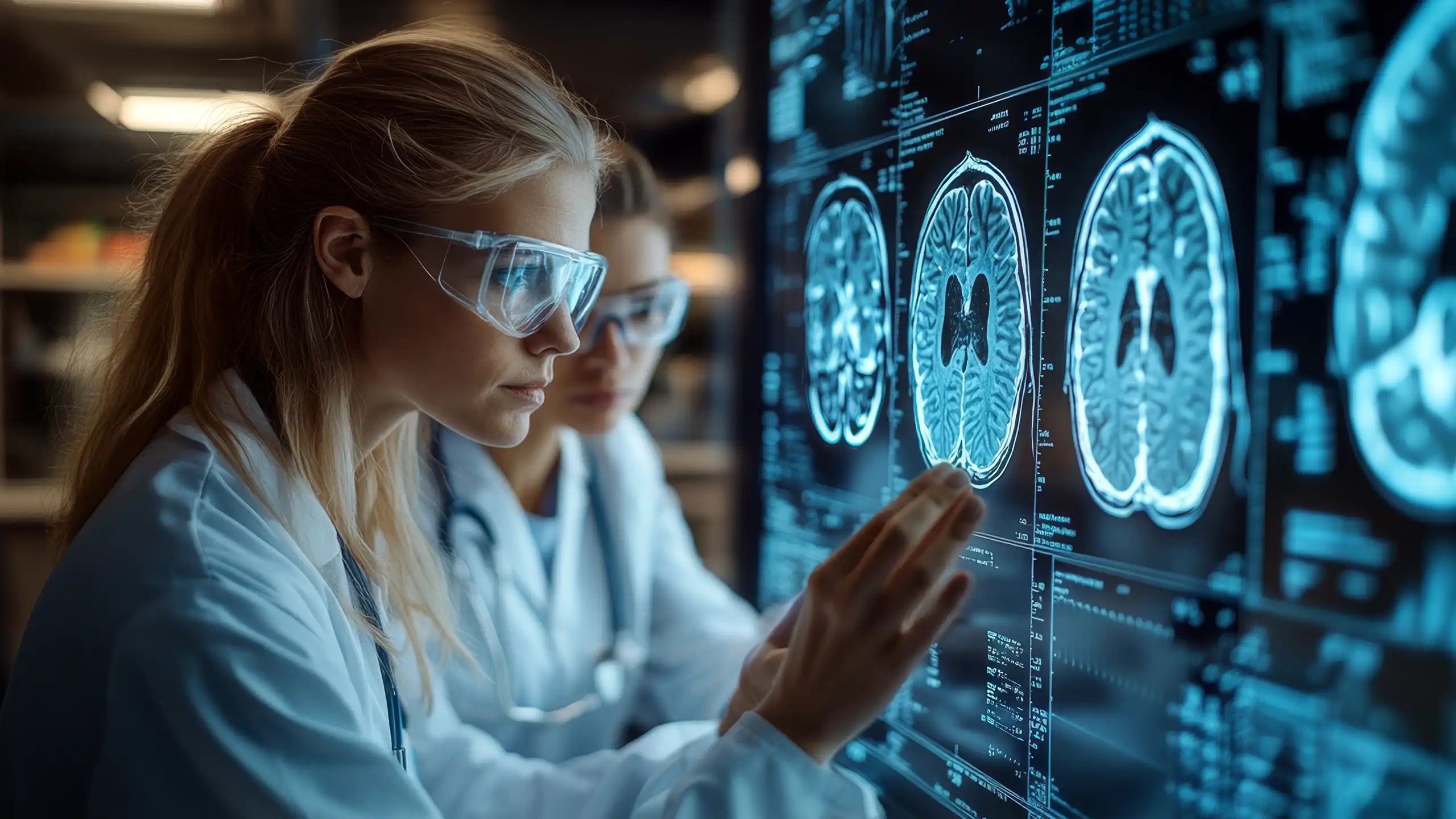
The Team
Last Updated: 11/15/2024. All information is accurate and still up-to-date
Lab Director
Renran Tian
Renran Tian is inspired through his dedication to engineering and research. He earned his Ph.D. in Industrial Engineering from Purdue University in 2013, following a B.S. and M.S. in Mechanical Engineering from Tsinghua University in Beijing, China. Before joining NC State’s Edward P. Fitts Department of Industrial and Systems Engineering in the fall of 2024, Tian was an Assistant Professor at Purdue University in Indianapolis from 2018 to 2024.
Throughout his career, Tian has secured over $3.1 million as a principal investigator from prestigious organizations like the NSF. He also contributes as a major co-PI on projects with funding totaling approximately $4 million.
As a prolific researcher, he has published over 60 peer-reviewed articles in journals, books and conference proceedings. Tian founded the IEEE Technical Committee on Human-Centered AI in Transportation, organizing impactful sessions, workshops and student competitions.
He has actively participated in over 30 international conferences as an organizing committee member, session chair and associate editor. Tian is a proud member of HFES, IEEE, ACM, INFORMS and IISE. His work continues to shape innovative solutions, inspire students and advance engineering research worldwide.
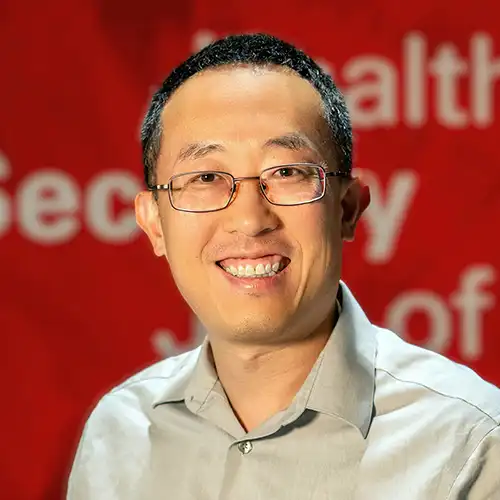
Current Students
Md Fazle Elahi
Md Fazle Elahi is a Ph.D. student at Indiana University-Purdue University Indianapolis (IUPUI) in the Department of Electrical and Computer Engineering.
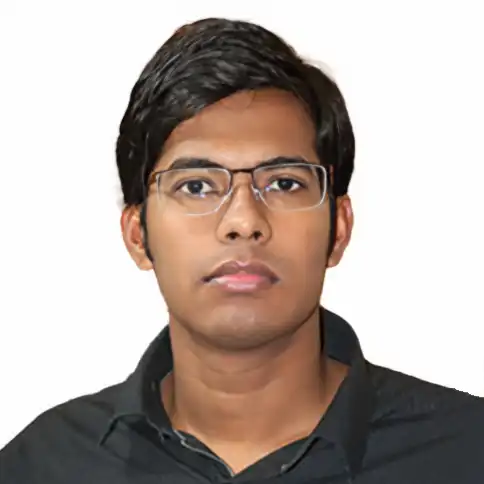
Shaozhi Wang
Shaozhi Wang is a Ph.D. student at NC State University.
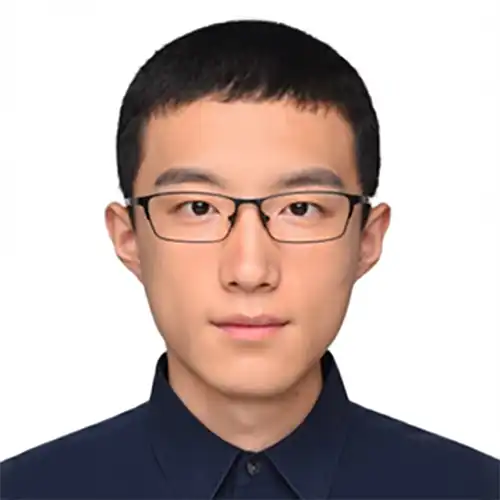
Zhengming “Jimmy” Zhang
Jimmy Zhang is a Ph.D. student at Purdue University in the Edwardson School of Industrial Engineering.
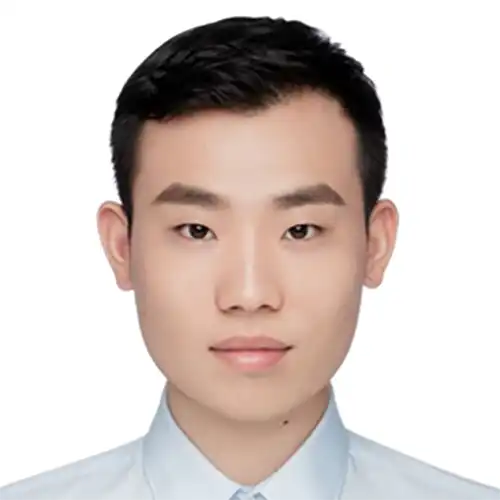
Former Students
Kumar Apurv
Kumar Apurv is a deep learning engineer at D2S, Inc. in the San Francisco Bay area. He brings over four years of experience and a deep understanding of building end-to-end AI systems. He excels in coding with Python and C++ and is proficient in using deep learning frameworks like Pytorch and Tensorflow. Apurv has successfully created and deployed diverse solutions through his work, including object detection, classification, segmentation and tracking. He has also tackled challenges in scene reconstruction, autonomous navigation and behavior understanding for real-time and offline systems.
Apurv thrives on streamlining complex pipelines and enjoys collaborating with experts. Currently, he is exploring how deep learning can enhance semiconductor manufacturing. He aims to master algorithmic logic, AI system design and statistical reasoning.
In addition to his technical expertise, Apurv values effective communication and enjoys leading meaningful discussions. He engages technical experts and non-technical individuals, sharing insights and encouraging deeper understanding. Apurv’s work continues to inspire progress and innovation in AI.
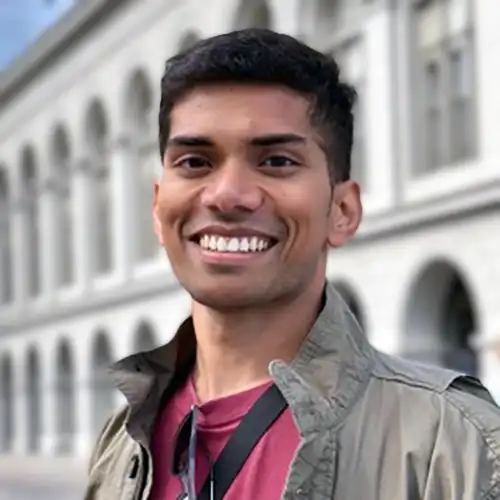
Faria Armin
Faria Armin is a graduate research assistant at Clemson University. Before that, Armin pursued graduate studies at Indiana University Purdue University Indianapolis, a journey she began in the Fall of 2021. She is passionate about exploring new fields and designed a VR-based self-driving car simulator to predict pedestrian intentions.
Armin used Unity 3D, AutoCAD and SketchUp to build realistic roads in her VR environment. She scripted in C# to synchronize VR input with animated avatars, showcasing her creativity and technical expertise. Her impressive work can be viewed here: GitHub Project.
Before her graduate studies, Armin worked as an assistant engineer at Energypac Engineering Ltd., a multinational company. For two years, she designed cost-effective distribution transformers using VBA and AutoCAD. She also worked closely with customers and sales engineers to address technical questions, demonstrating her strong problem-solving skills.
Armin is an enthusiastic learner who constantly seeks to gain new knowledge and tackle challenges. She looks forward to expanding her skills and making a meaningful impact through innovative solutions.
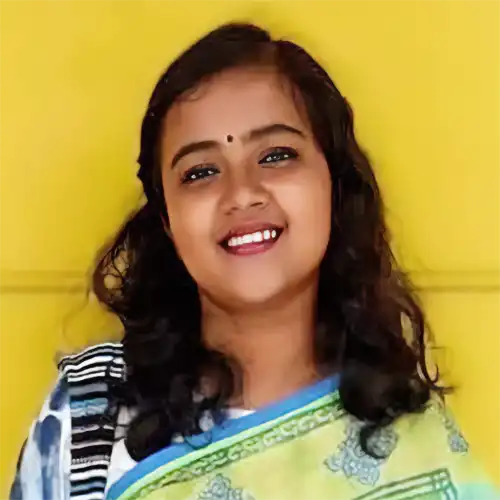
Siddant Betrabet
Siddant Betrabet works as an electronic controls engineer at Cummins Inc. in Indianapolis, where he contributes to innovative solutions. He previously gained valuable experience as a research assistant at the Transportation Active Safety Institute and the Computer Information and Graphics Tech Department at the Purdue School of Engineering and Technology IUPUI.
Betrabet also honed his skills during his time as an electronic controls intern at Cummins. Additionally, he worked as an R&D engineer at Nestwell Technologies, where he focused on developing practical and impactful technologies.
With each role, Betrabet has demonstrated his commitment to advancing engineering and technology. His journey highlights the importance of continuous learning and embracing challenges. He inspires others by showing how dedication and curiosity can lead to meaningful achievements.
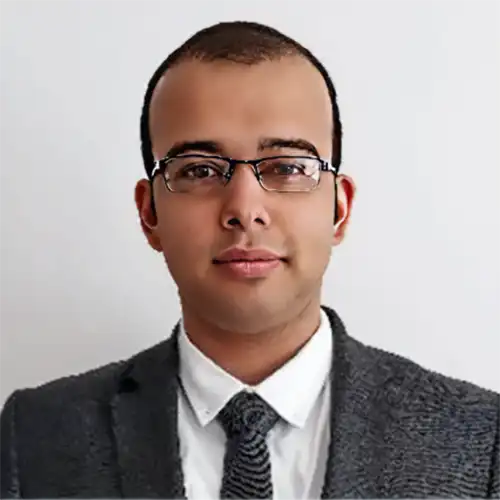
Tina Chen
Tina Chen is a computer vision engineer at Waste Management in Denver. She previously worked as a Graduate Research Assistant at Indiana University–Purdue University from August 2018 to July 2021.
During her time as a research assistant, Chen designed and implemented a pedestrian behavior prediction algorithm. This algorithm used spatiotemporal and visual reasoning to predict pedestrian crossing intention on the PIE dataset. She combined advanced techniques like LSTMs, CNNs, GCNs and GAEs to make predictions.
Chen also applied object detection, semantic segmentation, pose estimation and feature extraction algorithms to preprocess driving datasets. She used tools like CVAT to annotate video data and created a naturalistic driving dataset.
Additionally, she studied the differences between human and AI understanding of road scenes, focusing on pedestrian behavior prediction algorithms. She also conducted a subject study to gather human reasoning on pedestrian crossing intention and developed a natural language processing dataset to complement her computer vision work.
Chen showed her dedication to advancing computer vision and autonomous vehicle research through these projects, combining technical expertise with creative problem-solving.
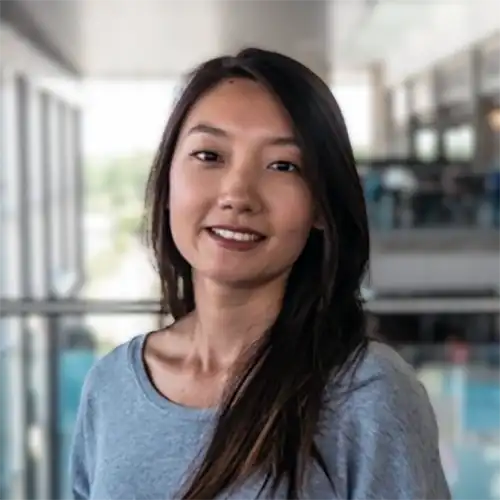
Jiachen “Paul” Jiang
Paul Jiang is a software development engineer at Amazon Web Services in Seattle, WA. His work showcases a strong dedication to innovation and technical excellence, inspiring others with his drive to create impactful solutions.
Before joining AWS full-time, Jiang interned there as a software development engineer. During his internship, he contributed to projects that enhanced cloud computing services. His commitment to learning and growing made him a standout in the field. He also gained valuable experience at American Airlines, where he worked as a revenue management and operations research intern. He analyzed data and developed solutions to optimize airline operations there, demonstrating his problem-solving skills and adaptability.
At Purdue University, Jiang was a graduate teaching assistant, guiding students through complex topics. He also worked as a graduate research assistant, contributing to innovative human factors and ergonomics projects. In leadership roles such as vice president of the Human Factors and Ergonomics Society and treasurer of Alpha Pi Mu, Jiang showcased his ability to lead teams and manage responsibilities effectively.
Jiang has consistently combined technical expertise with a collaborative mindset through his academic and professional journey. His passion for solving challenges continues to inspire those around him as he makes a meaningful impact in the tech industry.
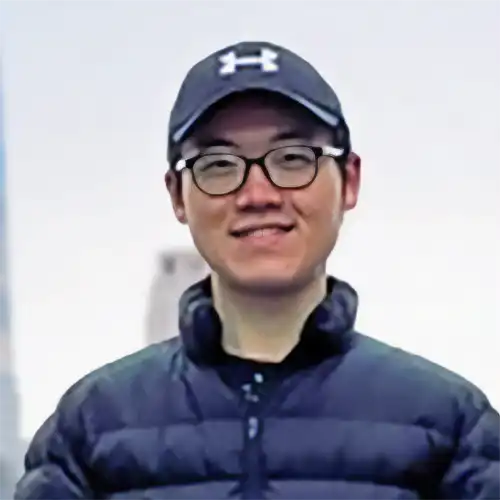
Akhil Nayabu
Akhil Nayabu is a senior technical staff member at Salesforce in Bellevue, WA. He is driven by a passion for creating innovative solutions that improve lives and delight customers. His work reflects a commitment to building technology that makes a real difference.
Before joining Salesforce, Nayabu gained valuable experience at Amazon Web Services (AWS) in Seattle. As a service engineering consultant, he worked on cutting-edge cloud technologies to enhance infrastructure reliability and scalability. Earlier, as an associate infrastructure architect, he designed and implemented robust solutions to support AWS services. His work consistently focused on delivering value to customers through innovation and efficiency.
Nayabu began his professional journey as a web application developer at Indiana University–Purdue University Indianapolis. He designed and developed user-friendly applications to support academic and administrative needs, laying the foundation for his expertise in software development and system architecture.
Through every step of his career, Nayabu has combined technical skills with a customer-focused mindset. His dedication to solving complex problems inspires those around him, making him a leader in his field.
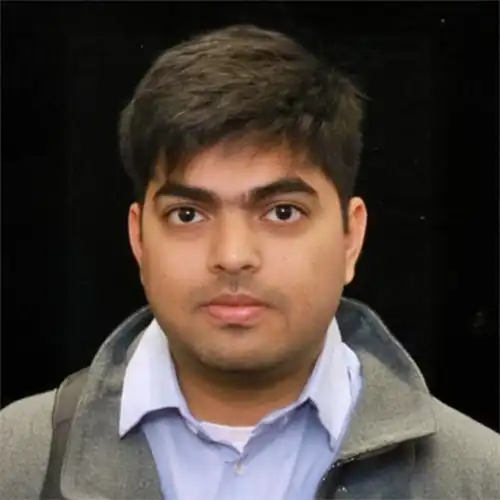
Nitya Ranjan
Nitya Ranjan is a computer vision software engineer at ClearObject. He graduated with a Bachelor’s degree in Computer Engineering from Indiana University–Purdue University Indianapolis.
While working as a Graduate Research Assistant, Ranjan demonstrated his innovative approach to solving complex problems. He conducted sensor fusion using LiDAR, camera, and GPS data to develop an efficient e-scooter detection model. By collecting and processing synchronized data, he ensured precision in his results.
In addition, Ranjan created detailed scenarios for a Level 5 autonomous car. He collected and analyzed driver and passenger data, contributing valuable insights to the advancement of autonomous vehicle technology.
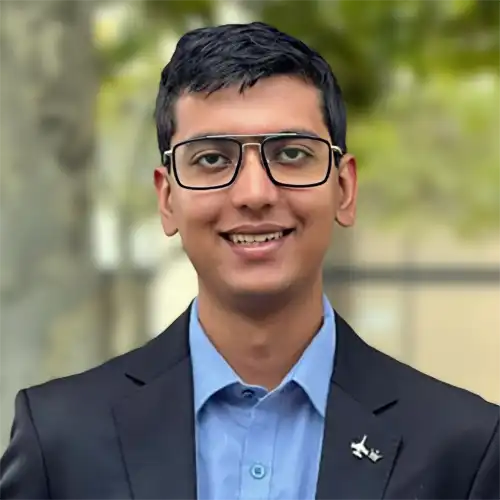
Morgan Stutzman
Morgan Stutzman is a network engineer at Wabash Valley Power Alliance and a recent graduate with a master’s in cybersecurity and trusted systems.
During her time as a desktop administrator at Harrison County Hospital, she created an asset inventory and laptop tracking program. She maintained detailed logs and linked software for better efficiency. Additionally, she managed the migration from a call-based to a ticket-based system, incorporating historical asset data. She also facilitated updates to cybersecurity policies, procedures, and related documentation, showcasing her dedication to improving processes.
As a graduate research assistant at the Transportation Active Safety Institute, Stutzman developed vehicle active safety test procedures. She explored deep learning-based image recognition to advance autonomous driving systems. Her research included object detection for pedestrian, e-scooter, and bicyclist emergency braking systems, highlighting her innovative approach.
Stutzman’s work reflects her commitment to using technology for practical and impactful solutions.
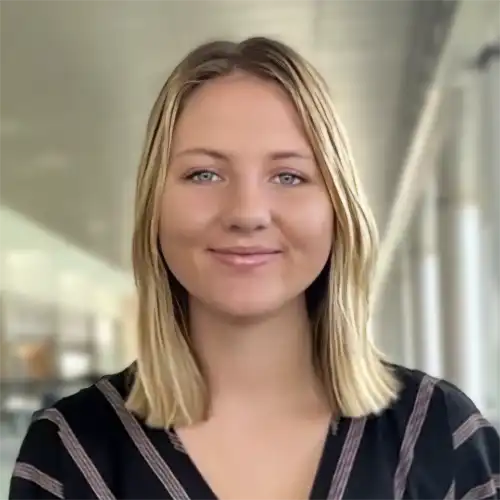
Zahra Yarmand
Zahra Yarmand is a software engineer at Q2 in Austin, TX, where she applies her passion for technology to impactful projects.
As a research assistant at the Transportation Active Safety Institute, she worked on a transportation safety project sponsored by the Indiana Department of Transportation. The project aimed to reduce back-of-queue crashes on Indianapolis interstates by designing a smartphone collision warning app. The app helped lower the risk of collisions and increased reaction time by providing drivers with timely warnings.
Yarmand collaborated with INDOT experts to gather slow traffic data and address real-world scenarios in the app’s design. She developed an algorithm to identify slow traffic points on Indiana interstates. Using Android Studio and Java, she designed and implemented the app for both a driving simulator and real-road environments. She also connected the app to a MongoDB database for efficient data collection and management.
Her work included debugging, testing, and designing a new architecture to handle warnings within the simulator. She skillfully integrated tools like Map SDK, Google API, JSON, and RESTful API to enhance app functionality. With her dedication and innovative mindset, Yarmand demonstrates how technology can improve safety and make a difference in people’s lives.

